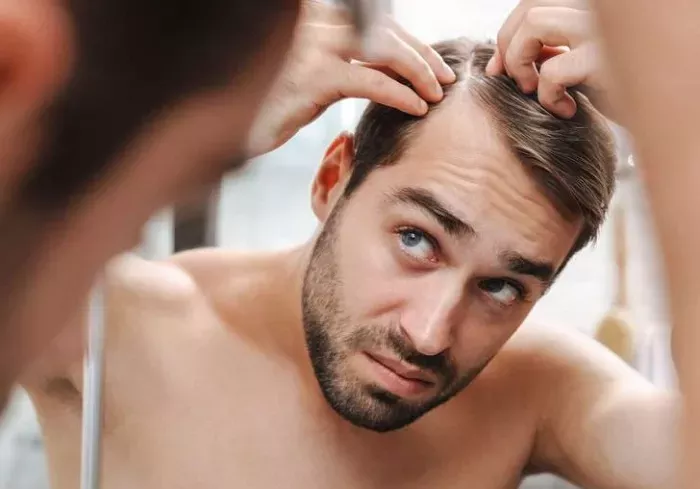Hair loss is a common disease. Although it is not life-threatening, it can have a significant impact on an individual’s self-esteem and mental health, often triggering anxiety and depression. It is not surprising that the market size of hair loss treatment in the United States is huge due to its extensive emotional and psychological effects. From shampoo and essence to hair transplantation surgery, the market value of hair loss treatment in the United States is as high as 2.22 billion US dollars. This data does not include drug solutions such as minoxidil, as well as niche therapies such as platelet-rich plasma (PRP) treatment.
New molecules bring hope for treatment
However, a recent study has brought new hope to those who are troubled by age-related hair loss or premature hair loss. A group of scientists from the University of California, Los Angeles (UCLA) have developed a promising new molecule, PP405. When used topically, this molecule shows great potential in reactivating dormant hair follicles. Early trial results show that its side effects are extremely small, which brings hope to millions of hair loss patients around the world.
The research team established the medical development company Pelage Pharmaceuticals, aiming to bring PP405 to the market. This project has also received support from Google Ventures. The principle of action of PP405 is to activate the originally inactive stem cells in the hair follicles, promoting them to grow thick new hair. It is worth mentioning that, unlike some existing treatment methods such as minoxidil, the use of PP405 does not cause side effects related to fertility.
The clinical trial results are remarkable
In clinical trials, PP405 can promote significant hair growth within just one week, and it is not detected to be absorbed into the bloodstream, nor does it have any systemic side effects. This is a significant advancement compared with other hair loss treatment methods that may involve more invasive approaches or adverse side effects.
Currently, PP405 is undergoing Phase II clinical trials in the United States and is expected to undergo more tests before being launched to the public. If the trial is successful, the drug is expected to be available on the market between 2027 and 2030, offering a highly anticipated new option for patients with hair loss.
Related Topics
- Tori Spelling Admits She Looks “Completely Different“
- Jamie Lee Curtis Regrets 20s Plastic Surgery
- Sarah Huckabee Sanders Exposes Ivanka Trump’s Plastic Surgery Rumors


